Meta Description: Ever wondered where the gold in your wedding ring came from? It may have been created in a cosmic explosion—possibly from a magnetar. Discover how space phenomena like neutron star collisions and magnetars forged the gold we treasure today.
Introduction: The Hidden Story Behind Gold
Gold has captivated human beings for centuries. We mine it, wear it, trade it, and gift it as a symbol of love and prosperity. But have you ever paused to consider where the gold in your jewelry—perhaps even your wedding ring—originally came from? While we extract gold from the Earth, its true origin is far more dramatic and cosmic in scale.
Recent astronomical discoveries suggest that gold may have been created not just in the heart of dying stars, but in spectacular and violent cosmic events—specifically exploding magnetars and neutron star collisions. These are some of the most powerful occurrences in the universe. Understanding these forces not only rewrites the story of gold but gives us a humbling connection to the cosmos itself.
What Exactly Is a Magnetar?
Before diving into how magnetars create gold, it’s essential to understand what they are.
A magnetar is a type of neutron star—the ultra-dense remnant of a massive star that exploded in a supernova. But what sets a magnetar apart is its magnetic field. It’s the strongest known in the universe—up to a quadrillion (that’s a million billion) times stronger than Earth’s. To put it in perspective, if a magnetar were located within 1,000 kilometers of Earth, it could wipe the data from every credit card on the planet.
Magnetars are rare, and when they explode or flare, they release intense gamma rays and X-rays in what’s known as a giant flare. These flares are capable of disturbing satellites, damaging spacecraft electronics, and even causing disruptions in Earth’s atmosphere. But they might also be responsible for something far more precious—forging heavy elements like gold.
How Is Gold Formed in Space?
Gold is a heavy element, and creating such elements requires extreme conditions—environments rich in neutrons, high energy, and intense pressure. This is why gold cannot be formed by chemical processes here on Earth.
For decades, scientists believed that supernovae—the explosive deaths of massive stars—were responsible for producing heavy elements like gold through a process called r-process nucleosynthesis (r for “rapid”). But recent astrophysical research tells a different story.
In 2017, the groundbreaking detection of gravitational waves from a neutron star collision (GW170817) confirmed that such collisions are likely a major source of gold, platinum, and other heavy elements. The massive amount of energy and rapid neutron absorption in these events match the exact requirements to produce these elements.
However, magnetars are now being considered as another possible forge of gold in the universe.
Exploding Magnetars and Gold: What’s the Connection?
In 2021, a new theory gained traction: exploding magnetars could also be responsible for creating gold.
A research team observing a magnetar burst in our galaxy noticed that it produced similar conditions to those in a neutron star merger. The sheer amount of released energy, combined with neutron-rich material, supports the r-process nucleosynthesis required to create gold.
Here’s how it works:
The magnetar undergoes a sudden collapse or flare.
The explosion ejects vast amounts of neutron-rich material.
Within milliseconds, atomic nuclei absorb neutrons at a rapid rate.
These nuclei become unstable and decay into stable, heavy elements — including gold, platinum, and uranium.
Though the evidence is still emerging, exploding magnetars could be key players in spreading gold throughout the cosmos.
From Space Dust to Earth’s Crust
Once gold is created in a neutron star collision or magnetar explosion, it doesn’t stay put. Instead, it’s thrown across space in the form of cosmic debris. Over billions of years, this debris drifts through galaxies, sometimes being captured by new solar systems, stars, and planets.
Scientists believe that Earth’s gold came from meteorite impacts during a period known as the Late Heavy Bombardment, around 4 billion years ago. The Earth’s interior has very little gold because the original gold likely sank into the core. What we mine today is thought to have arrived much later—deposited by asteroids rich in gold and other heavy elements formed by ancient cosmic explosions.
In other words, the gold in your wedding ring likely came from an event that happened billions of years ago, light-years away, and before the Earth even existed.
The Cosmic Journey of Your Wedding Ring
When you put on your gold ring, you’re wearing more than a precious metal. You’re wearing a fragment of the universe’s ancient history:
Born in a star explosion or magnetar flare
Launched across galaxies over billions of years
Delivered to Earth by asteroid impacts
Buried beneath the Earth’s crust for eons
Mined, refined, and crafted into a ring — a symbol of love and eternity
The journey of your gold wedding ring is more than romantic — it’s cosmic.
Why This Knowledge Matters
Understanding the cosmic origin of gold offers more than scientific curiosity. It expands our perspective of time, space, and our place in the universe. It connects us to the stars and to events so ancient and powerful that they make even the grandest human stories seem small.
This knowledge also inspires advancements in astrophysics, helping us understand:
The lifecycle of stars
The physics of extreme magnetic fields
The distribution of elements in the universe
How galaxies evolve and enrich themselves
Knowing where gold comes from not only deepens our appreciation for its value but for the universe that created it.
Conclusion: Stardust on Your Finger
The next time you glance at your wedding ring, take a moment to reflect. The gold shimmering on your finger has traveled across time and space. It was born in a cataclysm — perhaps from an exploding magnetar, the most magnetic object in the universe.
You’re not just wearing gold.
You’re wearing stardust.
A love forged in time — and in the stars.


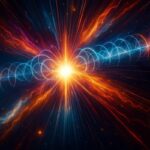

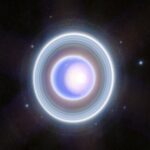
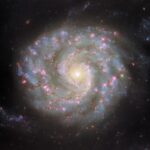


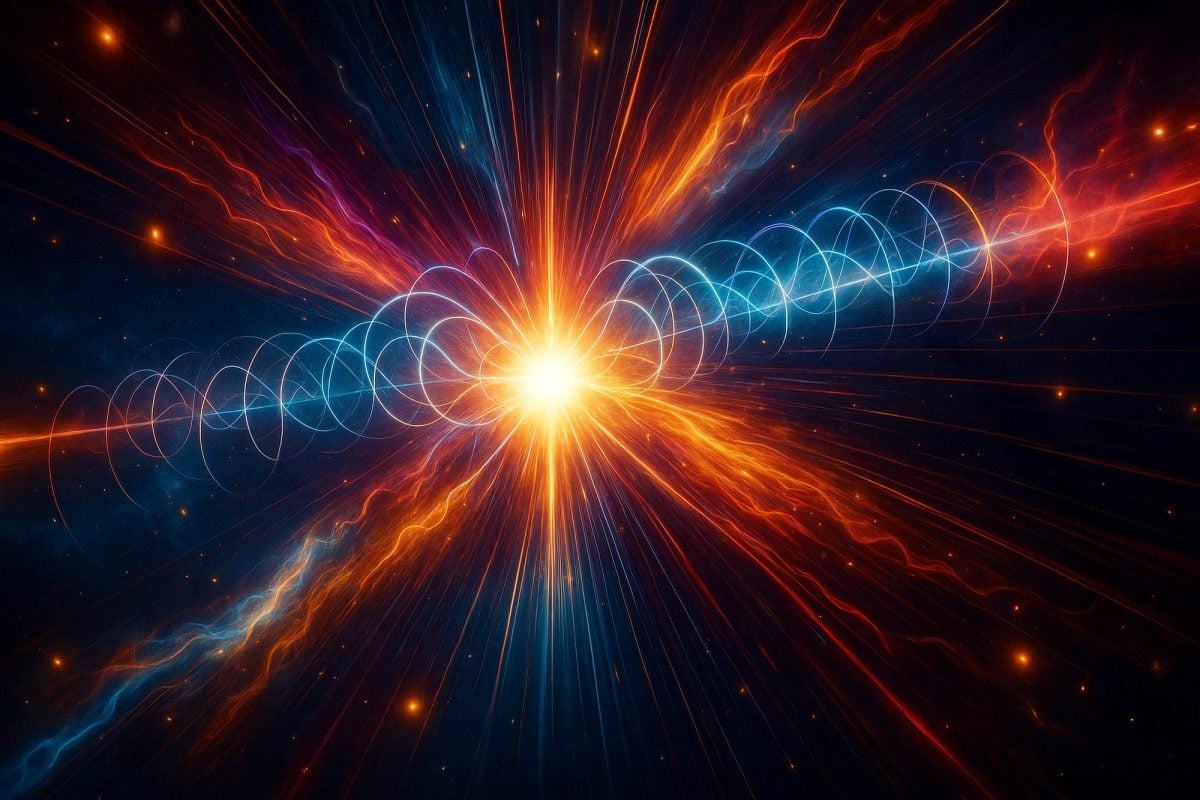
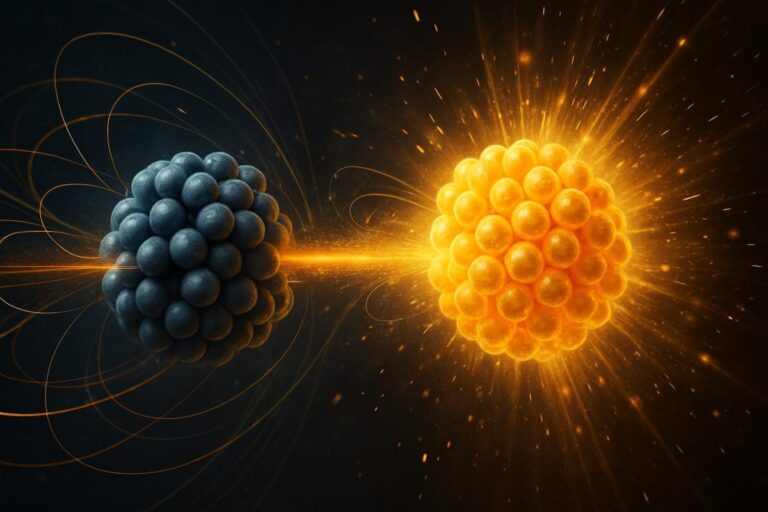
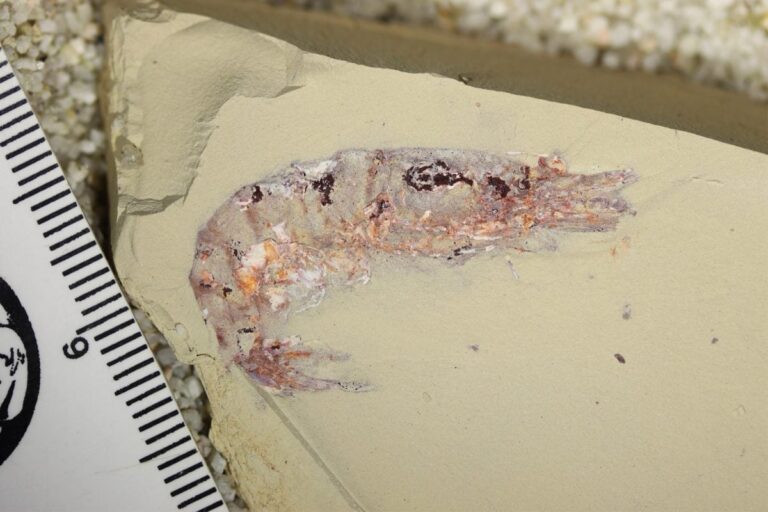
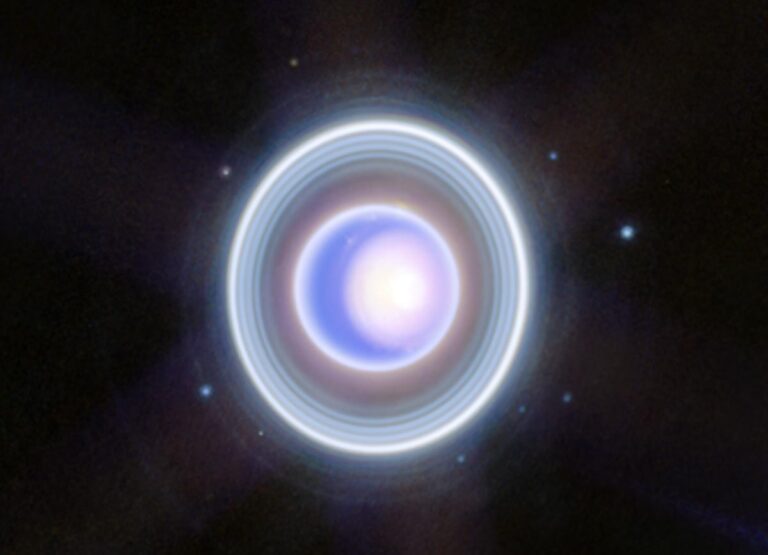
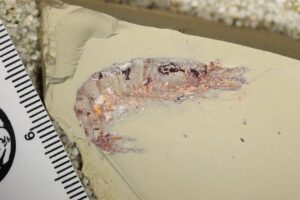

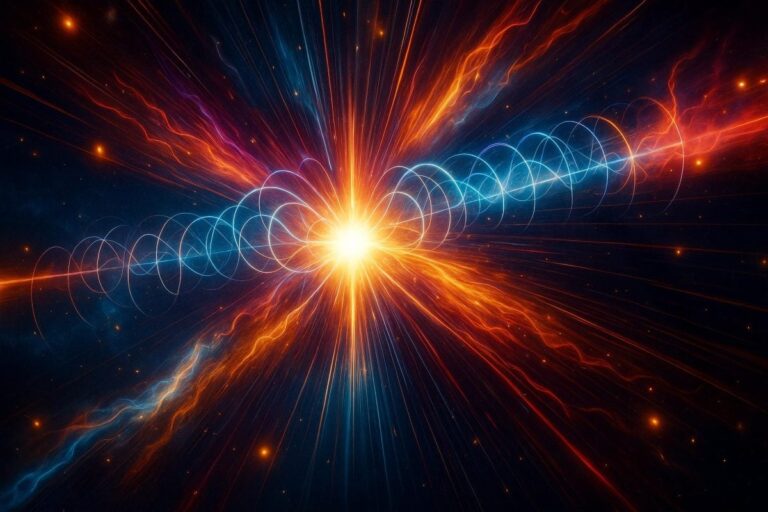

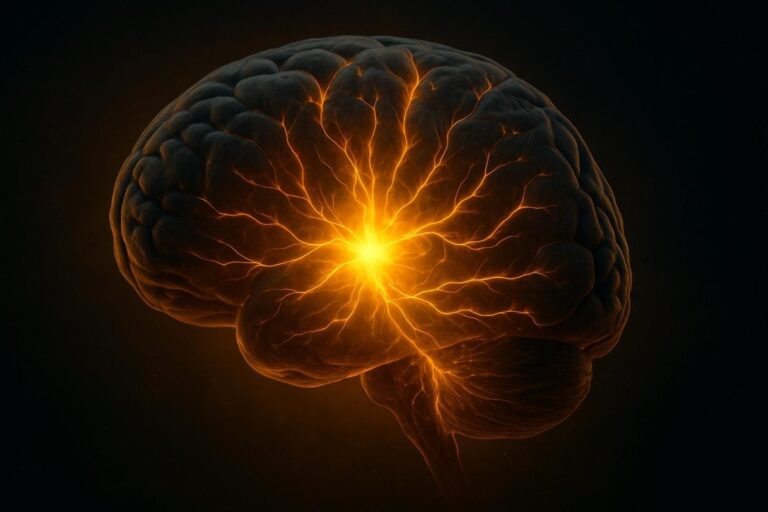
+ There are no comments
Add yours